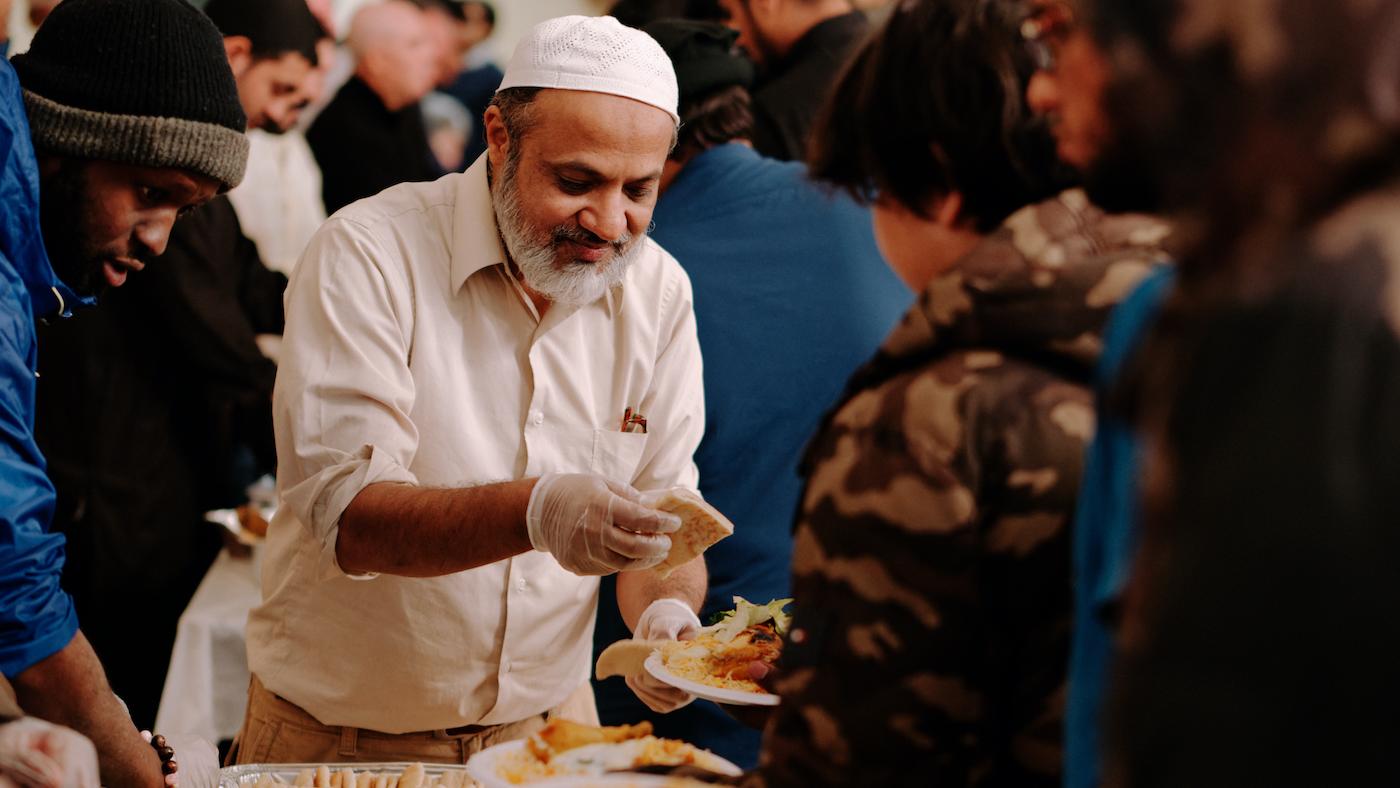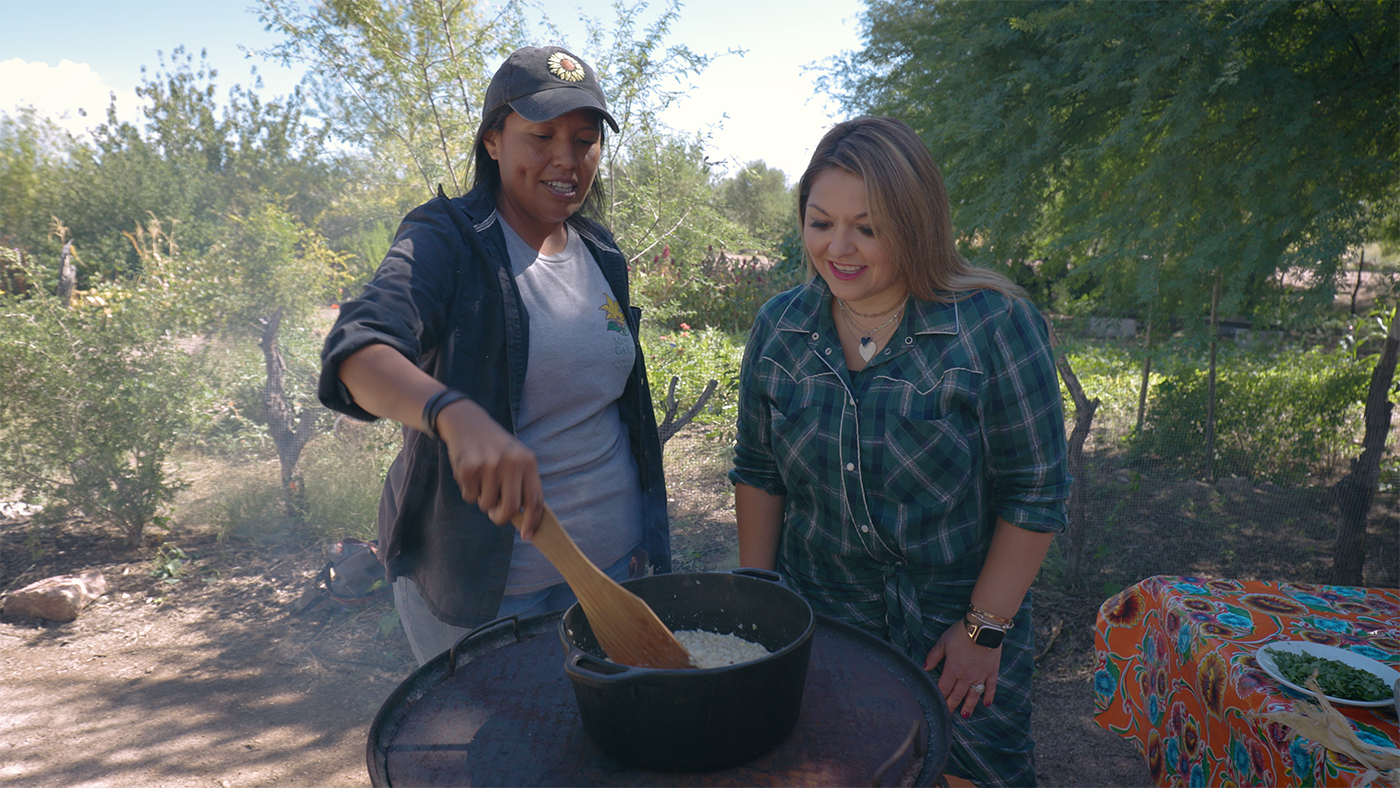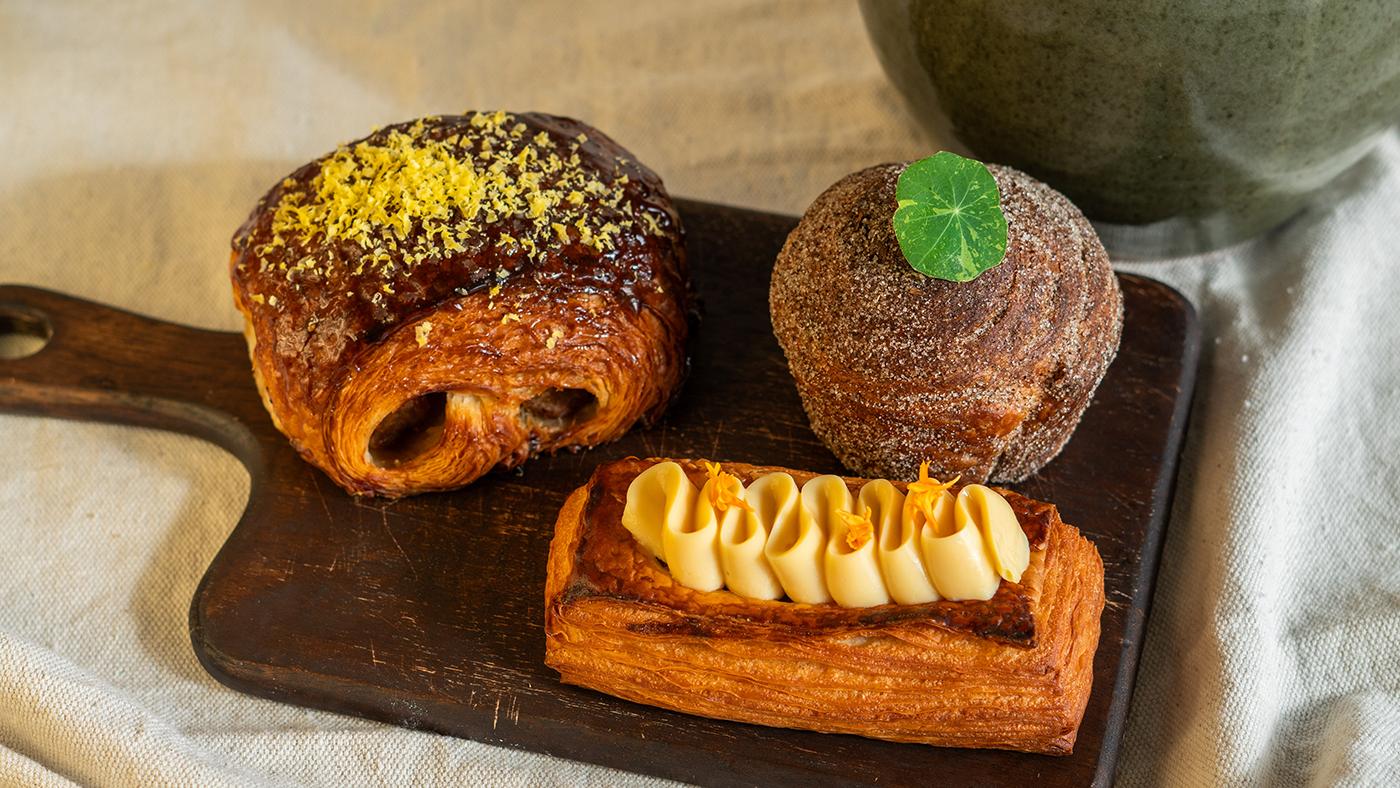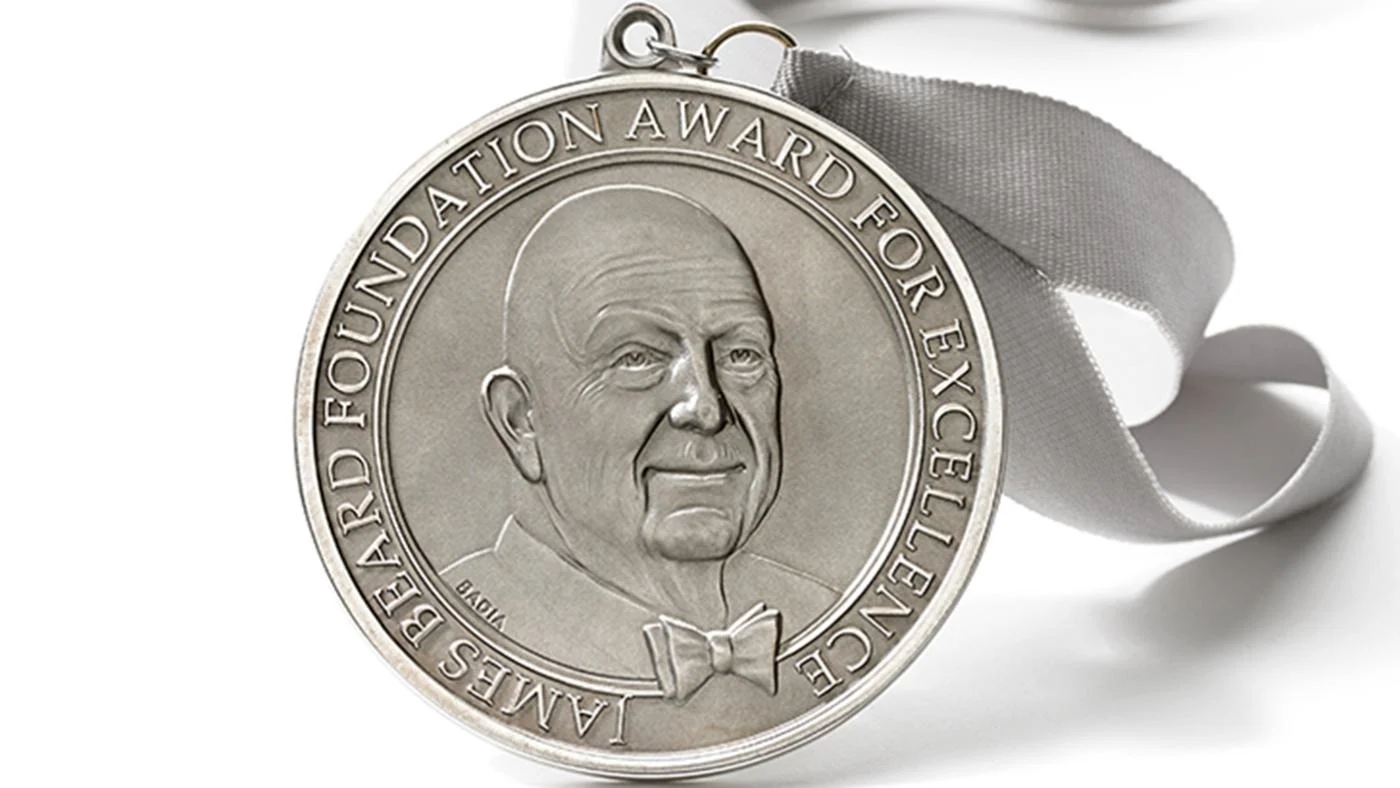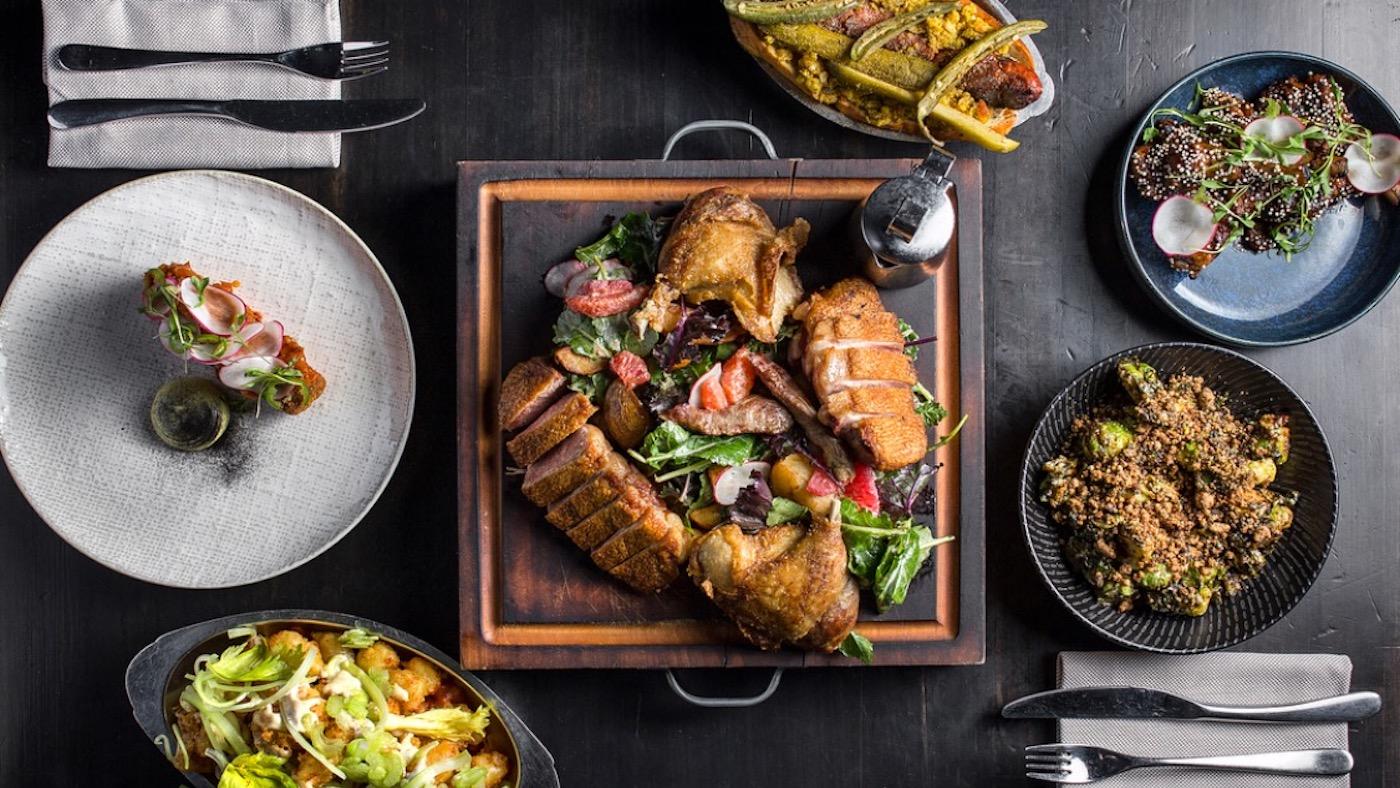How the Oak Park Author Mary Anne Mohanraj Filled "A Hole in Her Heart" By Writing a Sri Lankan Cookbook
Daniel Hautzinger
August 24, 2022
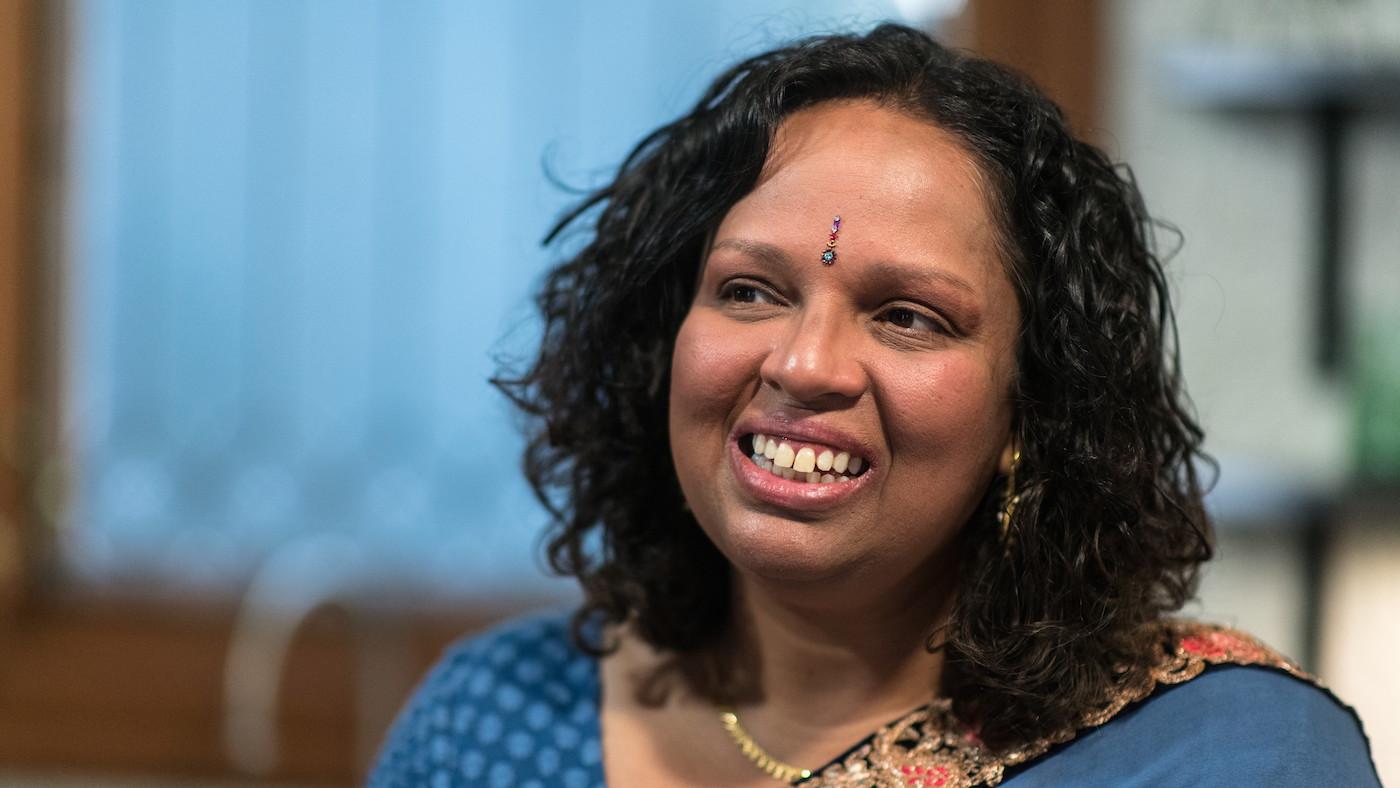
There’s a concept in science fiction circles known as “cognitive estrangement,” whereby audiences’ preconceptions about a topic can be sidestepped by rendering it in an unfamiliar setting with unknown characters—say, space whales in another galaxy instead of refugees in Europe. The new environment helps the audience see the humanity in something they might have otherwise dismissed.
A recipe can work in a somewhat similar way. By eating, cooking, or learning about a dish from another culture, one might become more open to it, drawing similarities—ah, kimchi is like sauerkraut is like achaar is like dill pickles—instead of focusing on the more superficial differences and letting preconceptions get in the way.
“My parents talk about, when the Buddhists were having festivals and cooking their special food, they would bring some [food] over to their Hindu neighbors and Catholic neighbors, and vice versa,” says the Oak Park-based writer Mary Anne Mohanraj, who has written both science fiction and cookbooks. “Sri Lanka had for a long time—like 2,000 years—a multi-ethnic, multi-religious population that for the most part lived in harmony.”
Mohanraj was born in Sri Lanka and came to the United States with her Tamil Catholic parents when she was two and a half. She will soon come out with a cookbook that celebrates the diversity of cuisine in her birthplace: Vegan Serendib, a vegan sequel to her Sri Lankan cookbook Feast of Serendib, is due out on November 15.
Like the Sri Lankan neighbors sharing their dishes, Mohanraj bridges numerous worlds. “I grew up on Star Trek and Mr. Spock, who’s caught between two worlds,” she says. “I think many immigrants empathize with that, find that character to be someone they can identify with.”
Unsurprisingly, given her appreciation of Star Trek, she primarily writes science fiction—the space whales story is hers, and she has a new sci-fi book coming out early next year. But she has also delved into romance, short stories, poetry, essays, and blog posts about gardening and cooking while teaching at the University of Illinois at Chicago, editing literary journals and serving on the library board of Oak Park.
Her Sri Lankan cookbooks can be traced to roots in her childhood—or really, bulbs: “My mom had me chop onions when I was at home growing up,” she recalls. “So she didn’t really teach me to cook as a kid, but I did a lot of chopping onions and sauteing onions. So in that sense it was a little bit like going to a French cooking school: you only get to work with onions for the first year.”
When she came to Chicago for college, she quickly became homesick for her mother’s cooking. “After a few months of dorm food, I called my mom and begged her to tell me how to make something over the phone, which she did. But it’s tricky because she doesn’t measure. So I was able to make an approximation, and ate that for months.” When she went home for the holidays, she observed as her mother cooked, grabbing ingredients to measure them before they were thrown into the pot.
She eventually compiled the recipes in a small cookbook that she gave to her mother for Christmas. “She kind of went through and was like, ‘Well, you got this wrong, and this wrong,’” Mohanraj says with a laugh.
Her cousins, other first-generation Sri Lankan immigrants, appreciated the book: “It was a way for them to start cooking the food,” she says. Other Sri Lankan cookbooks existed, but Mohanraj believes hers was the first Sri Lankan-American one. “Something that was coming from somebody in the diaspora who was very familiar with the challenges of diaspora cooking: my mom not being able to get coconut milk back in the early days, and not being able to get curry leaves until very recently.”
Mohanraj left writing about Sri Lankan cooking there for years, until she was diagnosed with breast cancer in 2014. (She has written a memoir about the experience that should come out next year.) Her husband is white, and “the closest Sri Lankan restaurant is eight hours away in Minneapolis,” so she had a “panicked moment” where she thought her children would never know Sri Lankan food—they had mostly grown up on mac and cheese and broccoli because that’s what they would eat while they were young.
“For those of us who are attenuated from the food of our grandparents and great-grandparents, learning how to cook this food, in its many iterations, can feel like filling a hole in your heart,” she writes in the introduction to Feast of Serendib.
So she started talking to relatives about their recipes and researching other dishes, putting together a more extensive compilation of Sri Lankan food that eventually became Feast of Serendib. (“Serendib” is an old name for Sri Lanka, and the origin of the word “serendipity.”)
“I’m trained as an academic, so I wanted to do a good, scholarly book that would really give people a solid introduction to the cuisine and show the variety of it,” she says. Vegan Serendib is a natural follow-up that allows Mohanraj to spotlight even more dishes and traditions, such as kaliya curry, which is enjoyed by Sri Lanka’s small Muslim population. (Try Mohanraj’s version of the recipe.)
Mohanraj describes Sri Lankan food as “a little bit like a cross between Indian and Thai.” But there are many other influences stirred in. In addition to the culinary traditions of the various ethnic and religious groups that have long resided on the island, the Portuguese, Dutch, and British all colonized Sri Lanka and left traces on the island’s food: rich cake is similar to fruitcake, caramel pudding is Portuguese flan, and Dutch meatballs are served with curry sauces. Chinese laborers on coffee plantations brought their own traditions, leading to, among other dishes, rolls or Chinese rolls: a fried, breadcrumb-coated crepe encasing dry curry.
The coexistence of so many groups in Sri Lanka did lead to violent conflict, most notably in the decades-long civil war between the Sinhalese-dominated Sri Lankan government and insurgent Tamil Tigers. “Before the conflict started, Sri Lanka had a higher literacy rate and a lower infant mortality rate than the U.S.,” Mohanraj says. While the civil war ended in 2009, the government “never really reckoned with the consequences of the war,” she says.
The last couple years have been disastrous, with soaring prices and shortages of basic goods such as rice and gasoline, exacerbated by the COVID-19 pandemic, which cut off the vital tourism industry. Government mismanagement eventually led to widespread protests and the ousting of the president in July. But the problems remain, and Mohanraj is “worried about the future of the island.”
So on one level, her cookbooks are a way to get people interested in Sri Lanka. ”I would love it if more people learned about Sri Lankan cuisine, realized how delicious it is, decided to take their next vacation in Sri Lanka, because tourist dollars are hugely helpful,” she says with a laugh. On a more serious note, “I guess I feel like any time we learn about another culture or another cuisine, it teaches us something about ourselves and hopefully it promotes tolerance.”
Mohanraj brings it all back to Star Trek.
“It has as a major theme infinite diversity and infinite combination,” she says. “We all used to live in the village, in a very homogenous place. That has shifted over the last several generations to much more heterogeneity in cities and so on, and we should learn to celebrate those differences.”
Recipe: Kaliya Curry


